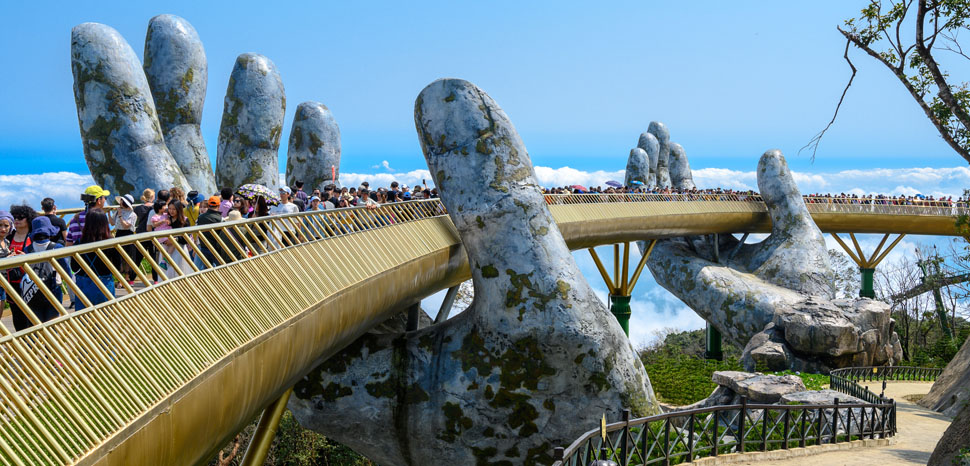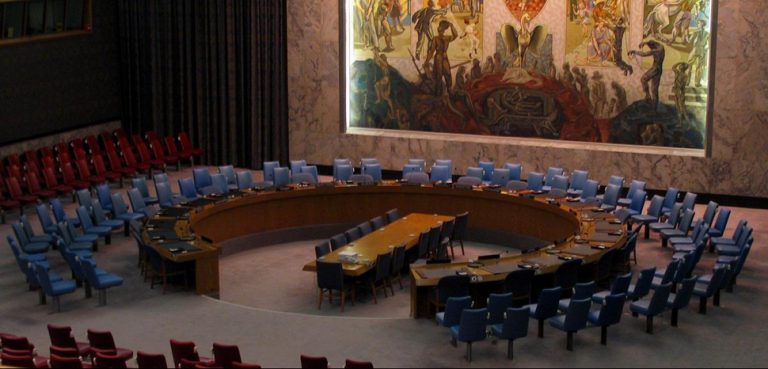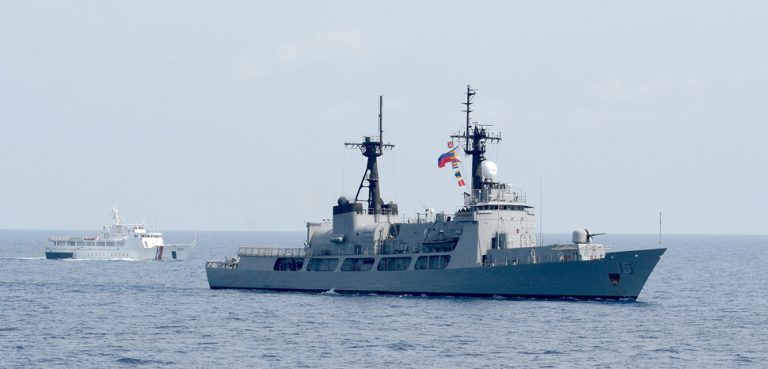Amidst the COVID-19 pandemic and escalating Cold War tensions between Beijing and Washington, it’s no wonder that the US-initiated Blue Dot Network (BDN) remains stalled. BDN was conceived as an American counterpart to China’s massive Belt and Road Initiative (BRI), when America, Australia, and Japan reached an agreement to build infrastructure projects in the Indo-Pacific on the sidelines of last year’s 35th ASEAN Summit.
The BDN is a multi-stakeholder project that purports to bring together governments, the private sector, and civil society to insure high-quality, trusted standards for global infrastructure in an open and inclusive framework.
“Through the Blue Dot Network, the United States is proud to join key partners to fully unlock the power of quality infrastructure to foster unprecedented opportunity, progress, and stability,” claims David Bohigian, former acting president and CEO of the United States Overseas Private Investment Corporation (OPIC), an agency which recently morphed into the US International Development Finance Corporation (US DFC) and doubled the size of its investment capabilities from $30 billion to $60 billion.
While the trade battle lines have been sharply drawn between Washington and Beijing, Mike Pompeo, Secretary of State made it clear that the US “wants a transparent, competitive, market-driven system that is mutually beneficial for all involved.” His comment offers a non-diplomatic rebuke to China’s state-led economic model, which critics say is rife with corruption and lacking in transparency.
As Beijing’s signature foreign policy program stretches its global multi-trillion dollar economic clout, some developing countries are saying no to BRI financing. This is increasingly so in ASEAN countries like Myanmar, Malaysia, and Vietnam, which are most concerned about the high costs of China-led projects, along with China’s increased influence and undue leverage over their sovereign interests.
Since the Blue Dot Network encourages the adoption of trusted standards for “quality, global infrastructure development in an open and inclusive framework,” it offers an excellent opportunity for Vietnam, a country unwilling to hand over to China all of its infrastructure needs for roads, rail, airports, ports, telecoms and water. According to the World Bank, Vietnam projects at least $25 billion for infrastructure investment per year to maintain its economic growth, which has fallen to 2.9% since the pandemic.
With a relatively high public debt burden and nascent capital markets, Vietnam has been searching for alternative ways to meet its infrastructure needs and BDN could be poised to fill that need.
While Hanoi has endorsed the BRI, and that includes the Asian Infrastructure Investment Bank, it remains very skeptical of the serious strategic implications, including what many other ASEAN neighbors have experienced in falling into a “debt-diplomacy trap.” Yet, the global economic wreckage from COVID-19 lends itself to opening up the doors for a borrowing binge.
Many organizations, politicians, and researchers in the U.S. and Europe have been claiming that countries participating in the BRI could become economically and politically dependent on China since they would become Beijing’s debtors, even lose natural resources and be subject to Chinese espionage. For some in Washington, the Blue Dot Network’s sole purpose is part of a US broader messaging plan to persuade developing countries in Asia not to rely on Chinese infrastructure funds.
Chinese contractors have a poor track record in Vietnam and there’s increasing protests from the public since many Chinese projects have resulted in costly delays, cost overruns, and shoddy construction quality. For example, the Cat Linh-Ha Dong metro line in Hanoi. The project, which is being funded by Chinese loans and built by a Chinese contractor, was originally scheduled for completion in 2013 but remains unfinished. The project cost has also doubled, from US$377 million to US$771 million.
“As a developing market, [Vietnam’s] growth cannot be maintained without sustainable infrastructure. Overall, it is projected that Vietnam will require US $605 billion in infrastructure spending by 2040,” says Dr. Oliver Massmann, an international attorney in Vietnam.
Vietnam hopes to attract large amounts of funds for infrastructure development through foreign direct investment since their nationwide infrastructure development needs are dramatically increasing for seaport upgrades and expansion.
“Since the US-Japan-Australia Blue Dot Network aims to encourage private sector investment in approved projects, it follows that Vietnam would encourage investment from the United States,” claims Carl Thayer emeritus professor at the University of New South Wales, Canberra at the Australian Defense Force Academy.
Vietnam’s prime motivation would be to overcome the shortage of infrastructure funding for its priority projects. A secondary consideration would be to ensure that Vietnam does not become too dependent on one source. Vietnam would welcome funding under the Blue Dot Network not so much as a counter to China’s BRI but as an addition to it.
“In the final analysis, BDN infrastructure funding will depend on resuming economic growth and being able to pay off Vietnam’s growing debt,” adds Thayer.
The Blue Dot Network, designed to offer alternatives to China’s BRI, should be viewed as a major geo-diplomatic initiative to counter China’s regional influence. But the BDN cannot compete with the amount of funds China is willing to throw at infrastructure development.
According to the Council on Foreign Relations, China’s overall ambition for the BRI is staggering. To date, more than sixty countries—accounting for two-thirds of the world’s population—have signed on to projects or indicated an interest in doing so. Also, Morgan Stanley has predicted China’s overall expenses over the life of the BRI could reach $1.2-1.3 trillion by 2027.
During this global pandemic slowdown, downward economic spiral and borrowing binge, it may prove useful for Southeast Asia to take a page from America’s Benjamin Franklin’s fabled Poor Richard’s Almanack, “rather go to bed without dinner than to rise in debt,” especially if China is holding the note.
The views expressed in this article are those of the authors alone and do not necessarily reflect those of Geopoliticalmonitor.com or any institutions with which the authors are associated.




